Breed Type: Hunting Dog
Country of Origin: South Korea
Size: Medium
Also known as: Chindo, Jindo, Jindo Gae, Jin dog, Jindo Gu
Height: 48-53 cm Weight: 18 to 27 kg
Height: 45-50 cm Weight: 16 to 25 kg
Exercise Requirements: High
Care Requirements: Medium
Lifespan: 12-15 Years
Best Suited as:
The Korean Jindo dog, while popular in Korea, can be found in other parts of the world, but is rarely found in Australia. This intelligent dog is best suited for an experienced dog owner and loves being the top dog.
Appearance
The Korean Jindo Dog is a medium sized, Spitz type dog that resembles the Akita. It is known for its proportionate features, attractive coat and curly tail. The tail is thick and set on at the end of the top line and may be loosely curled over the back or carried over the back in a sickle position.
The breed is broken out into two separate body types. The first type, known as the Gyupgae or Tonggol, is the more muscular of the two, and should feature equal proportions in its body length and height. The second variety, known as the Keutgae or Hudu, has a slighter build, and is often taller.
The Korean Jindo Dog has a triangular head, triangular prick ears, and round eyes. The colors of their eyes are usually dark reddish-brown but may be any shade of brown.Non-white Korean Jindo dogs have black noses and white dogs may have mottled portions of tan or pink in the center of the nose. The Jindo has a complete set of evenly spaced, white teeth with a scissor bite. Males typically have larger heads and females appear more fox like.
The Korean Jindo Dog’s double coat comes in many different colors: white, yellow, fawn, grey, red, red and white, tan, black and tan and brindle. The undercoat is soft and dense while the outer coat is harsh to the touch and is straight and medium in length.
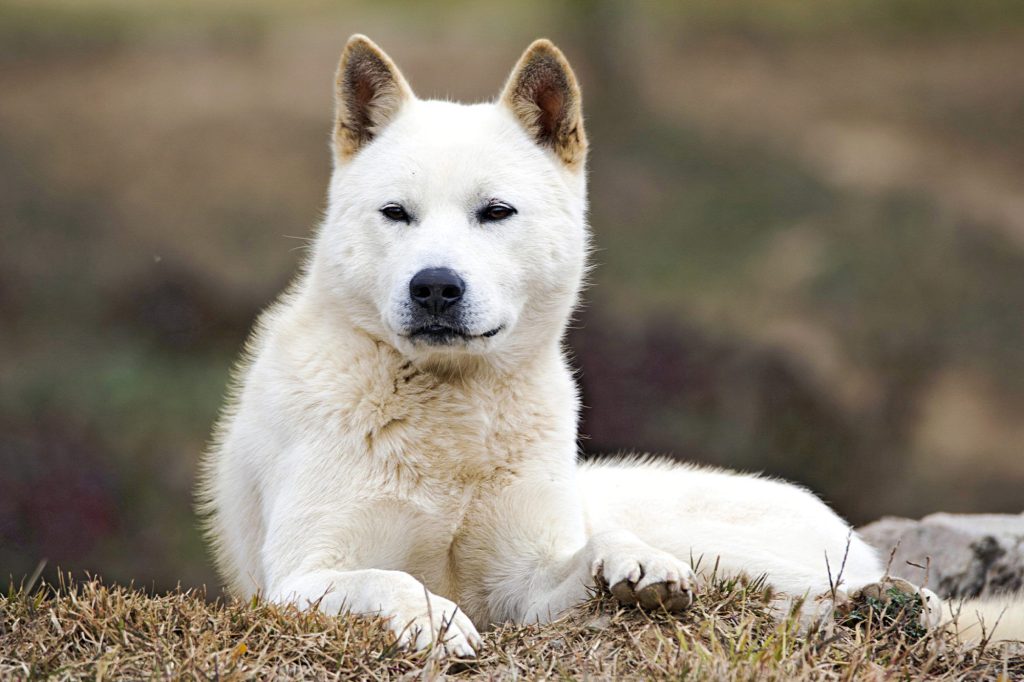
History
The Korean Jindo Dog is named after the Jindo Island located in the southwest region of the Korean Peninsula, from which they are said to originate. There they were used and well known as hunting dogs, to hunt deer, boar and other prey.Because the Koreans tended to hunt without guns, a pack of Jindos with their courage, intelligence, and ability to work well in a pack, were a very helpful tool.
It is believed that Jindo Dogs come from being cross bred with indigenous Korean dogs and dogs brought by the Mongols during their 13th century invasion of Korea, also known as the Sambyeolcho Rebellion. After the war, the Korean King surrendered but some of his armies continued to fight on Jindo Island. The soldiers’ dogs ended up isolated there and the breed was allowed to develop a pure strain. Since that time, the Jindo has been highly revered in Korea. Under Korean National Law in 1938, the Jindo dog is protected as the 53rd Natural Monument and they are considered to be one of Korea’s National Treasures. Exporting Jindos out of Korea became prohibited at this time. To preserve the Jindo Dog on Jindo Island, any other type of dog was required to be sterilized before they were allowed to enter. They are also now protected under the Cultural Properties Act. Several Korean-Americans have been successful in bringing Jindos to America since the mid-1980 despite the law. Some were also successfully exported to Europe.
The Jindo Dog was registered with the Federation Cynologique Internationale in 2005 and also with the British Kennel Club. The United Kennel Club recognized the Jindo in 1998. Continuing their notoriety, Jindos were invited to march in the opening ceremony of the 1998 Olympics in Seoul. In 2008, the Jindo Dogs Guild of Korea started issues certificates to purebred Korean Jindo Dogs.
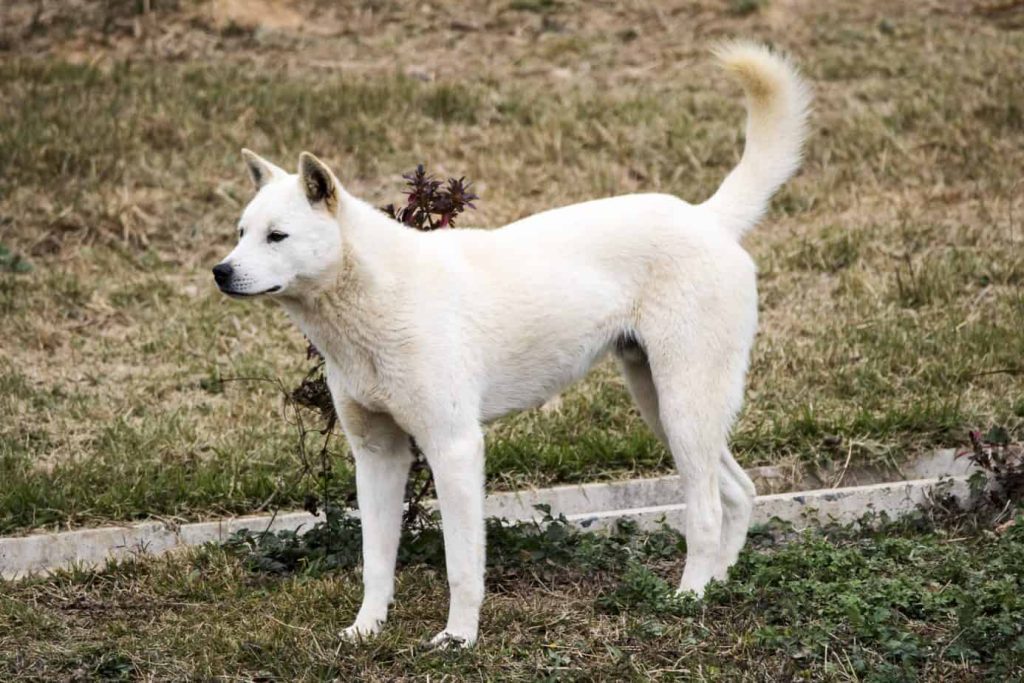
Temperament
Korean Jindo Dogs are well known for their loyalty, protective instincts, and independent spirit. Do not expect your Jindo to be overly affectionate or friendly with strangers. They are natural protectors and will need time to warm up to people they do not know. Once they know you and others, they are an affectionate and joyful breed that needs much attention.
Although they are great hunters and work well in packs, they have an independent mind and must be trained by a more experienced dog owner. They respond well to positive reinforcement. They also tend to be free spirited and are known for roaming. Jindos make excellent watchdogs and will guard your home and family with their life. You will not hear your Jindo bark or growl often, though.
The Korean Jindo Dog is an extremely active breed and needs regular exercise to be content. Without the proper attention and exercise, the Jindo can become destructive and may escape your home. Many are also finicky eaters and may not take food from strangers. Unfortunately there a high number of Jindos that are abandoned due to lack of proper training. While some believe that Jindos are not easily rehomed, research has shown that individual dogs that are adopted from shelters will attach easily to their new owners.
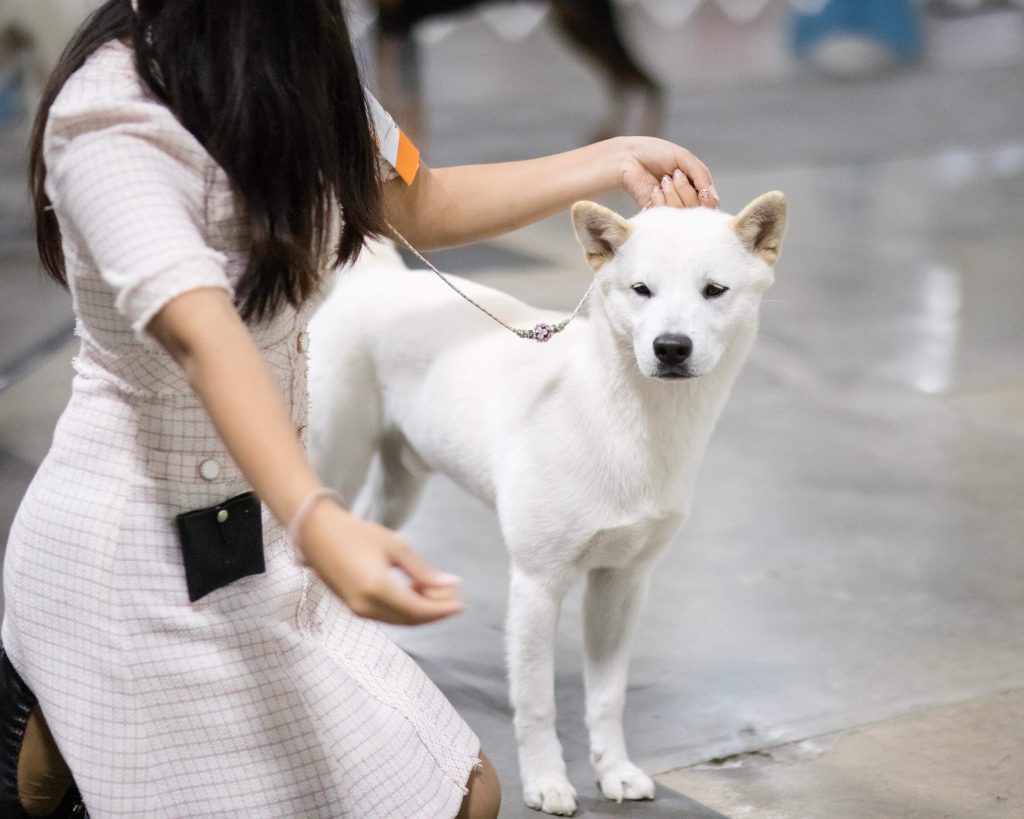
Care and Grooming
Jindo tend to be clean dogs and will groom themselves like cats to keep themselves clean. Their double coat sheds heavily twice a year with their fur falling out in large clumps. Jindos must be brushed often, especially during this time. Occasional bathing is also necessary although it has been said that some Jindos despise getting wet.
Health
The Jindo is a relatively healthy dog although some suffer from Hypothyroidism. Some are also sensitive to high amounts of corn in their dry dog food and if they have issues, you may need to switch to a different dog food.
Recently, there have been some reports of Jindos who have developed an autoimmune disease called Discoid Lupus. An owner should be aware if they see pink starting to develop on their top of their Jindos nose, that they may have the disease. If the nose does not return to its normal color, and the pink continues to spread, they should be taken to a veterinarian immediately.
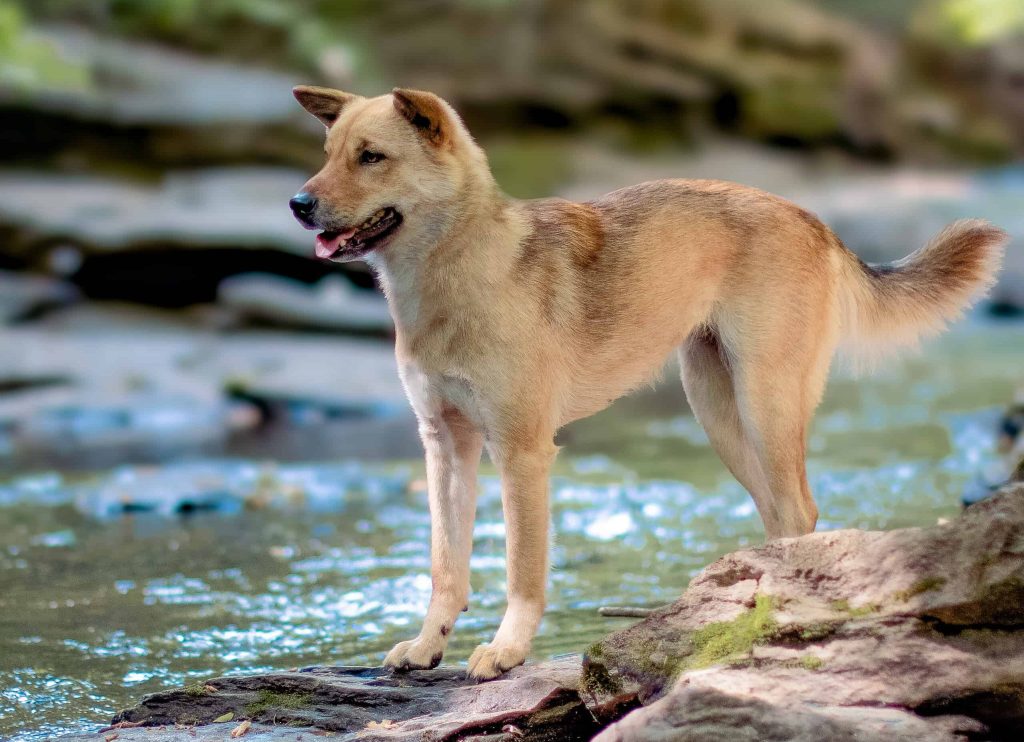
Suitability as a Pet
While the Korean Jindo Dog makes a great pet for some people, they are not for everyone. They do best in an environment where they can explore and roam. They should not be allowed to roam in areas where they meet other dogs, however. They can be aggressive fighters with other dogs, instinctually wanting to be the alpha. For this reason, it is best to keep your dog on his leash whenever you go for a walk. They are also likely to chase smaller furry animals due to their hunting instincts. Your Jindo should be walked several times a day to satisfy his exercise needs.
Jindos are known for being escape artists and although they have an innate sense of direction and are capable of returning home from several hundred miles away, it is best to properly fence your yard. They are able to jump fairly high so a fence that is at least 1.9 meters high is recommended. They need more outdoor time than some breeds.
Due to the strength of this medium-sized dog, a Jindo will probably be better suited in a household without infants or young children.Because Jindos are active and intelligent, they need frequent interaction with their family members. It is important to socialize Jindos at a very early age.
Korean Jindo Dog Organisations in Australia
No club information listed
Korean Jindo Dog Organisations in the UK
Korean Jindo (Imp) Breed Rescue – The Kennel Club
Korean Jindo Dog Organisations in the US
Korean Jindo (Imp) Dog Clubs – The Kennel Club
Korean Jindo Dog adoption / rescue organizations
Did we miss your organisation? Let us know. Contact Us
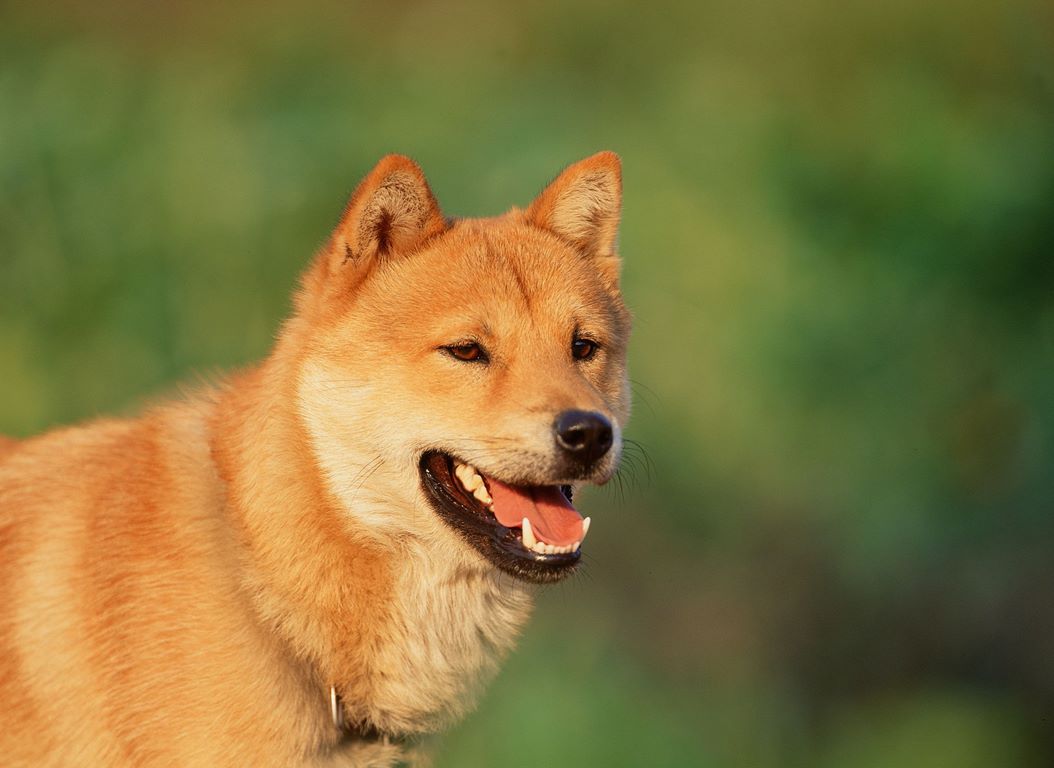
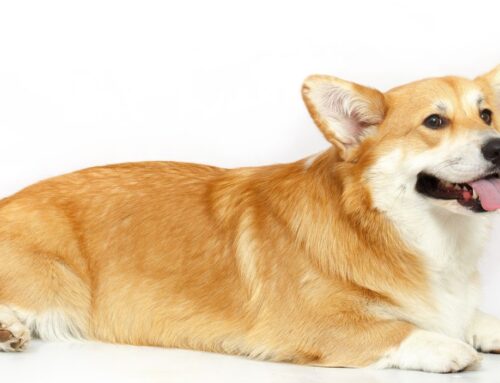

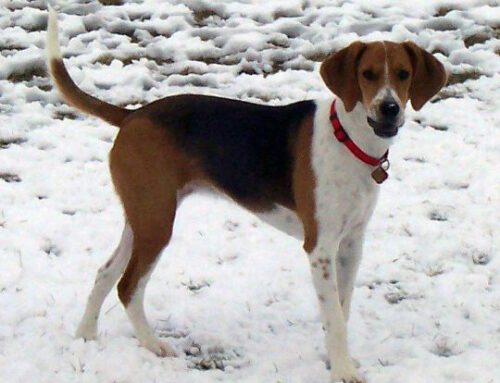
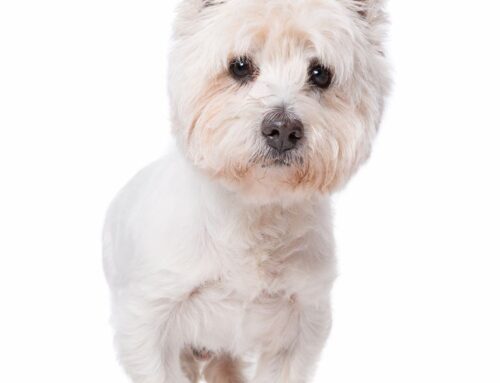

Leave A Comment